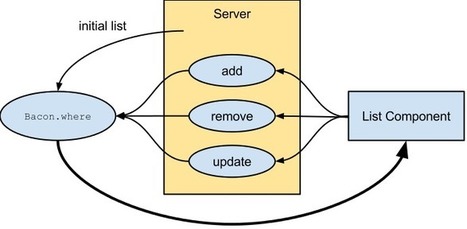mewt - :seedling: Immutability in under one kilobyte
Array
Use $set and $unset to create new array with applied change.
Use all array instance methods as usual, however those that would normally return a single non-array value (pop, push, shift, unshift) will return an array containing the value and a new array (see part 2 in example below).




 Your new post is loading...
Your new post is loading...































